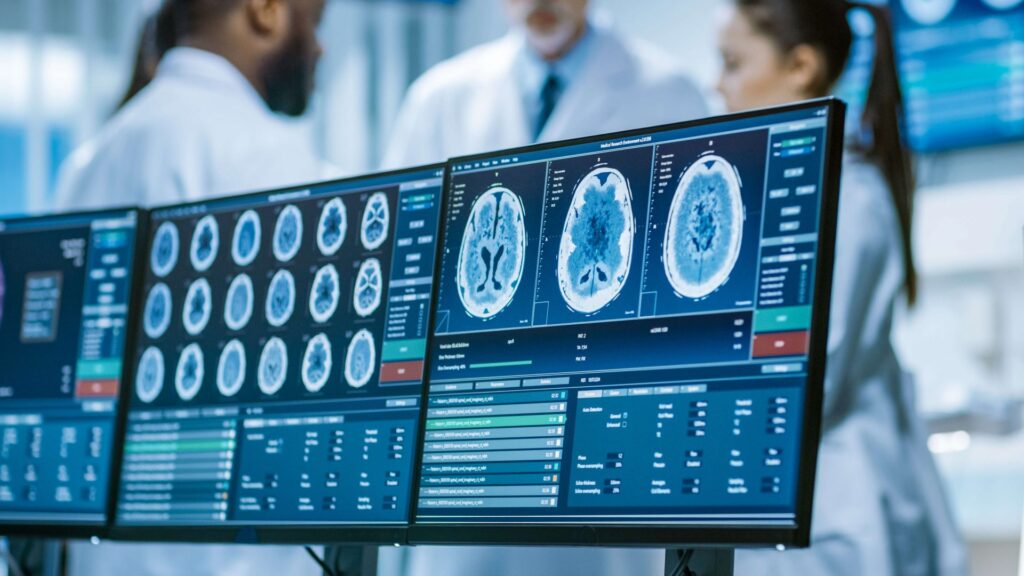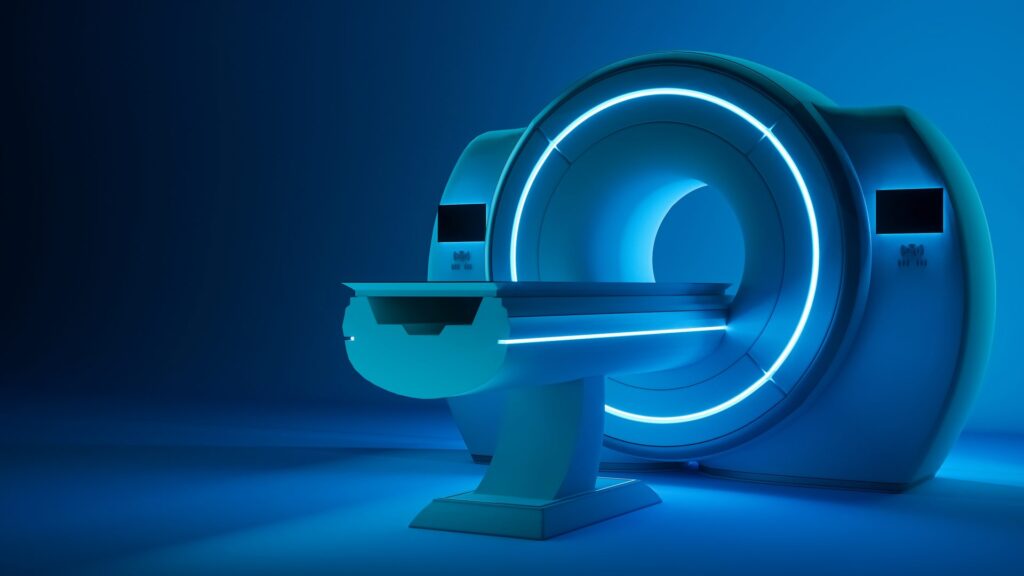The challenge of data interoperability in healthcare
The challenge of ensuring data interoperability between multiple systems in the healthcare sector has been present for years. However, now, with higher and higher complexity and a variety of systems, effective and seamless data exchange has become increasingly important.
In this article, prepared in cooperation with Krzysztof Minicki, Director of the Healthcare and Life Sciences business unit at Spyrosoft, we’re discussing some of the current standards for data interoperability used in the healthcare industry. We’re also talking about the challenges of efficient data exchange and the potential path for future data interoperability development.
What is data interoperability in healthcare and why is it important?
Behind data interoperability in healthcare lies the concept of a domain of solutions for the effective exchange of digital medical data between various medical systems. It plays a crucial role in improving the quality of patient care.
Thanks to interoperability, healthcare professionals can access all necessary data in one place at the right time, so they don’t have to spend excessive time on patient interviews and communication. Instead, they can focus on analysing the data, making a diagnosis or decisions concerning the treatment. This is especially important in the current times, when one of the biggest challenges in the healthcare sector is doctor’s availability and doctor-patient consultation time should be spent as effectively as possible.
What are the standards for data interoperability in healthcare?
The topic of data interoperability is nothing new. It began in the 1980’s, when the international HL7 standard was first published. Its main goal was to unify the format of exchanged data (clinical, financial and administrative) between various systems used in the healthcare sector. The name of the standard comes from level 7 of ISO OSI, which is related to the so called “application layer”, the goal of which is to define how the data can be accessed, received, sent, etc.
The standard has evolved throughout the years. Currently, in addition to the Health Level 7 v1 standard, there are Health Level 7 v2 and Health Level 7 v3 standards that are currently used in most of the large hospitals in the US with a certified system class called EHR (Electronic Health Record) used for managing patients’ data.
The implementation of the HL7 standard is defined by the FHIR framework. FHIR (Fast Healthcare Interoperability Resources) is a framework that describes the medical data format for exchanging electronic health records between various medical systems in a unified way. FHIR was seen as a real game changer, as it incorporated a modern and more standardised information exchange method based on rest API. Another revolutionary advantage of FHIR for the time, was that it was created by software developers, for software developers, unlike earlier HL7 standards developed by clinicians.
FHIR architecture is based on resources, references and profiles. Resources are data elements. Each piece of, for example, patient data, such as their name, last name and age, medical history, prescribed medicine, etc., is considered a single resource. Profiles in FHIR are used to customise resources for specific use cases. With profiles, FHIR allows the creation of a customised, more specific resource definition by specifying a set of constraints and extensions on the base resource. References are used to apply data granularity. They link a source resource to a target resource.
Apart from FHIR, there are other data interoperability standards, like SNOMED CT. SNOMED CT is a multilingual collection of medical terms with synonyms and definitions used in clinical documentation, reporting and in the electronic exchange of clinical health information. It helps to assure that the terminology used in attributes and descriptions is unified and makes data interpretation easier.
What are the challenges for data interoperability in healthcare?
One of the biggest challenges in the implementation of data interoperability standards is data mapping. Usually, data maps for systems are made on a relative basis, meaning that pieces of data are linked together in specific relation to each other. One of the most difficult tasks is the remapping of data sets according to the FHIR framework. Quite often, the scope of data and attributes in a data set has diffused relations and accessing the data and unifying them according to FHIR isn’t easy.
Another difficulty is the correct interpretation of those data. Despite there being a standard that defines all the technical elements, the logic of data interpretation isn’t the same in all cases. Let’s imagine that we sent data to a hospital to integrate them with other systems. Even though on a technical level everything seems correct, on the logic level the data may be interpreted completely differently. There may be specific attributes associated with certain fields, which the hospital system won’t be able to interpret or simply won’t be able to receive.
Our solution to tackle this challenge is to build data models on the application side at a very early stage of building a product. It helps to avoid the problems mentioned above in the future. The most important thing is to implement best practices from the very beginning, which will make the work easier further on and allow us to avoid additional costs in the future.
What is the future of data interoperability in healthcare?
The HL7 and FHIR standards are steps in the right direction. However, it will be a long time before companies learn to implement it well and for the data exchange to be smooth. Flexibility, which is a great advantage of FHIR, unfortunately, makes the adaptation of data and its understanding difficult or even impossible without making changes.
In the future, there will surely be more and more good practices related to data interoperability in healthcare and more things will be done in a detailed and unified format, so the problem of interpretation will be less frequent.
Over to you
Do you need support in integrating your systems with Health Level 7 (HL7), FHIR or SNOMED?
Contact our healthcare experts using the form below.
About the author
RECOMMENDED ARTICLES
Contact us




